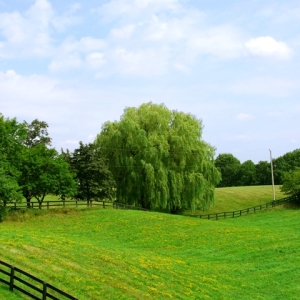Opening the area is carried out in the case of increased humidity, excessive wetlastivity, or similar arrangement of groundwater to the surface of the Earth. Sometimes the soil raising is necessary when preparing for construction, if the level of the site does not match the desired development parameters. If the territory is under a bias or in lowland, as well as in the occurrence of holes and voids on the site an excellent solution to the problem is the surface swelling. In any case, raising the level of the soil is a rather laborious process in which it is necessary to use a large amount of material.
The dumping is primarily performed in order to eliminate moisture accumulations in the ground. If the moisture content of the territory is small, then you can do the surface withdrawal - this is the bridge of sand and its subsequent leveling. A more serious method is the dumping of the area with the ground withdrawal. The development of a land plot under construction includes such steps:- Planning territory;
- Dismantling old structures;
- Clearing the Earth from the construction garbage;
- Recess of the top layer of soil;
- Drainage system;
- Sweep.
Drafting such types of drainage systems:
- Closed or deep: underground plugs and wells are installed under the ground, which increases the useful area of \u200b\u200bthe site and contribute to a decrease in the level of groundwater.
- Open: Sades and channels provide a removal of water from the site.

- Crushed stone, soup, brick battle (often used on construction sites);
- Ordinary or career sand, ground from a pit;
- Suglink, fertile soil, gravel.
- The territory is cleaned completely from plants, stumps, roots, garbage and everything that can interfere with the arrangement of the drainage system.
- Next, the upper fertile layer of the Earth is removed, which we will lay back to the top after the creation of drainage channels and the settlement of the selected substitution material. As an option - you can purchase a special vegetable ground as the upper layer of the Earth if the site is planned to be left under the garden.
- The next stage of the work: We make a ribbon foundation around the perimeter of the territory, it will be the boundaries of the site. If the foundation is not done, then your soil swelling works can go to no with the onset of spring or simply break into the neighboring sites. The foundation level should exceed the level of the Earth after raising by 5-10 cm. To lay the boundaries, it is possible to use a cement solution with the addition of gravel, it should be settle down at least 7 days at temperatures above 15 °. If it rains, you need to start a new schedule time.
- Sand - lower layer, dumping;
- Gravel - medium layer, drainage;
- The soil, shot at the beginning, is poured as the upper layer after shrinking the previous layers by 2-3 cm.

The shrinkage of the layers occurs within two or three months, and the final stage always flows into the fertile layer of soil. After the sinking, plant areas with a well-developed root system should be placed, for example, with winter rye. Works on the rise of the soil is recommended to be carried out in clear weather, also before the start of the ignition, be sure to sample the work plan in which it clearly designate the desired level of raising, the tilt and the boundaries of the site.



































"If it rained, you need to start a new countdown of the waiting time" Pffffff))))))))